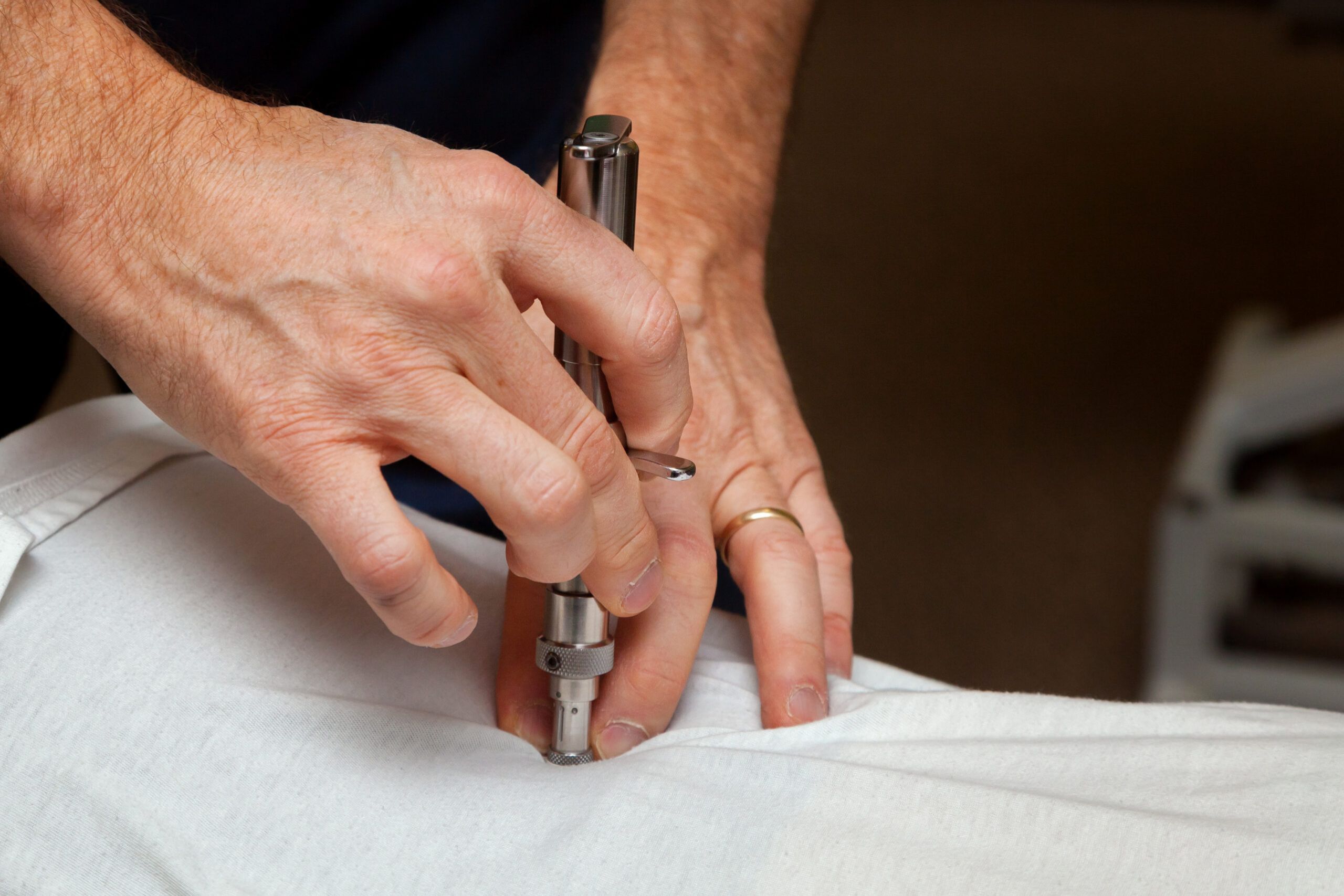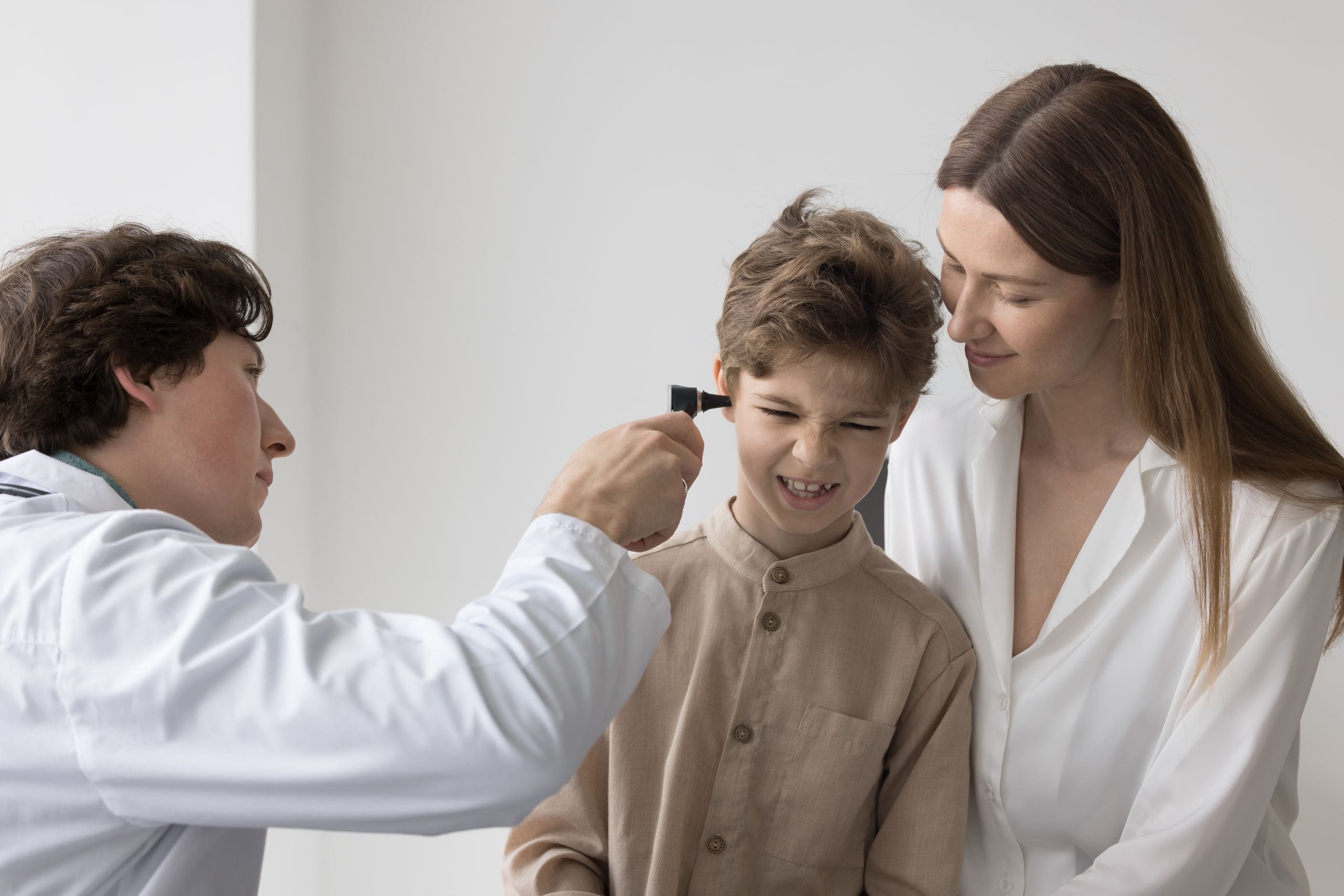Chiropractic Benefits for Carpal Tunnel

Today just about everyone can be affected, but particularly people involved in occupations or leisure activities that require repetitive use of the hands and wrists (i.e., office, skilled labor jobs, tennis, golf or even knitting). Medical doctors commonly prescribe anti-inflammatory drugs, which prove ineffective in most patients and cause adverse side effects in others.
The double crush syndrome is a compression neuropathy characterized by affecting two areas along the same nerve, one usually distant from the other. A growing number of researchers have suggested a correlation between some peripheral neuropathies like carpal tunnel syndrome and cervical nerve root compression another. The nerve is “crushed” or irritated in the spine, “priming” the more distal areas of the nerve for dysfunction when that part is stressed by the second “crush”).
Autonomic dysfunction in idiopathic carpal tunnel syndrome Verghese J, Galanopoulou AS, Herskovitz S, Muscle Nerve 2000 Aug;23(8):1209-13
This is the study of 76 patients with CTS (in 139 limbs). Autonomic symptoms were reported in 76 limbs (47 patients). Of these, 59% consisted of swelling of the fingers, 39% dry palms, 33% Raynaud’s phenomenon, and 32% blanching of the hand. Sympathetic skin response (SSR) had a sensitivity/specificity ratio of 34/89% in CTS with autonomic symptoms. The presence of autonomic disturbances was significantly associated with female gender but not age, duration of disease, or clinical severity in a binary logistic regression model.
It appears that autonomic disturbances are common (55%) in CTS, occurring with increasing severity of electrophysiologic findings.
Conservative chiropractic care of cervicobrachialgia Glick DM, Chiropr Res J, 1989; 1(3):49-52 Cervicobrachialgia, also known as “brachial neuritis” or “brachial neuralgia” involves neck and arm pain that can be described as “sharp,” “stabbing,” or “aching,” with acute sudden onset. The pain is in the shoulder blade, the side of the neck and may continue through the upper arm.
This is the case of a 42 year-old woman diagnosed with the above condition who had suffered a fall skiing during the prior week when symptoms began. Upper cervical x-rays revealed the atlas to be displaced laterally to the right and rotated anterior on that side. The patient was adjusted upper cervically by hand. Immediately following the first adjustment the patient reported noticeable relief in symptoms. 48 hours later she received a second adjustment. Three days later she was checked again and did not need an adjustment. Comparative efficacy of conservative medical and chiropractic treatments for carpal tunnel syndrome: a randomized clinical trial. Davis PT, Hulbert JR, Kassak KM, et al. Journal of Manipulative and Physiological Therapeutics, June 1998, vol.21/no.5, pp317-26.
This study showed that chiropractic was as effective as medical treatment in reducing symptoms of CTS. Chiropractic care included spinal adjustments, and in addition, ultrasound over the carpal tunnel and the use of nighttime wrist supports. Clinical commentary: pathogenesis of cumulative trauma disorders. MacKinnon S. Journal of Hand Surgery, Sept. 1994, 873-883.
In a study of 64 patients with repetitive stress disorders of whom 34 had wrist surgery, wrist pain or discomfort was not the only symptom the patients complained of. Most patients had multiple problems, especially muscle imbalance. The high failure rate of surgery causes the author to rethink the cause of CTS: “Unnatural postures for extended periods creating pressure on the nerves in the neck, leading to neurological and other symptoms…even when extremity surgery improves the peripheral symptoms such as numbness in the hands, other associated problems like neck stiffness and shoulder pain persist.”
The double crush in nerve entrapment syndromes. Upton, ARM, McComas AJ. Lancet 2:329, 1973.
67% to 75% of patients who had carpal tunnel syndrome or ulnar neuropathy also had spine nerve root irritation.
Impaired axoplasmic transport and the double crush syndrome: food for chiropractic thought. Czaplak S, Clinical Chiropractic Jan. 1993 p.8-9.
The author writes: “Chiropractic has an extensive anecdotal history of patients being relieved of classic carpal tunnel symptoms with spinal adjustments and/or cervical tractioning only.”
Carpal tunnel syndrome as an expression of muscular dysfunction in the neck. Skubick DL, Clasby R, Donaldson CCS et al. J Occup Rehabil 3:31-44, 1993.
In this study of 18 patients it was concluded that carpal tunnel syndrome can occur from increased forearm flexor activity caused by muscle dysfunction in the neck.
Other great reads from Elevate
Stay up-to-date.
Just insightful articles and news updates.





